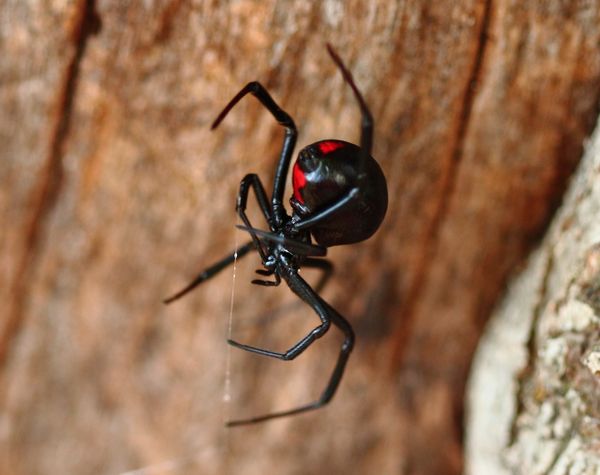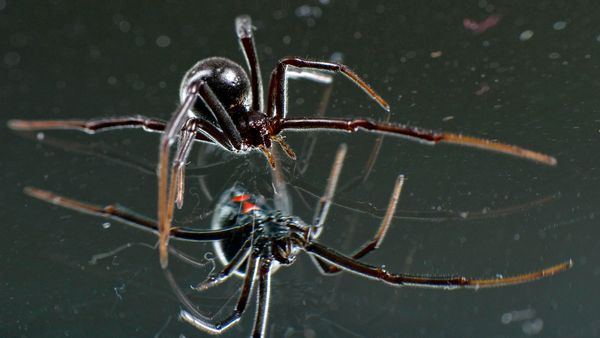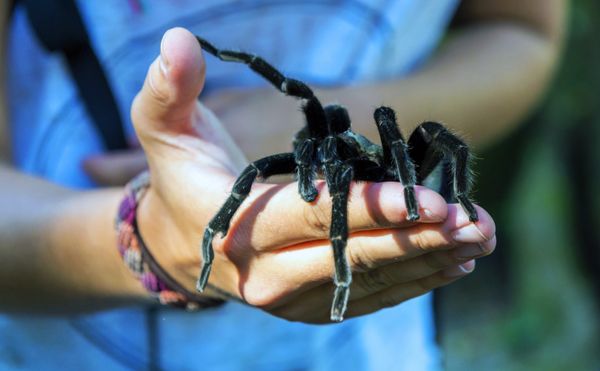All seven spiders belong to the genusHapaloptremus. Roughly translated from Greek, that name means "of the soft hole," which may refer to the way the animals build their lodgings.Hapaloptremustarantulas roam high-altitude parts of the Andean region. To date, they've been observed in Peru, Bolivia and Argentina. For shelter, the arachnids dig shallow burrows in the ground — sometimes under piles of rocks or fallen branches.
Columbia University'sTracie Seimondiscovered the first of these new spiders in 2006. At the time, she was flipping rocks in the Cordillera Vilcanota mountain range, a Peruvian section of the Andes. Seimon had been on the hunt for local frogs, but as the biologisttold National Geographic, she noticed several tiny burrows beneath the upturned stones. Many holes were occupied by diminutive tarantulas; the biggest were around 2 inches (5 centimeters) long.
With some help from a fellow scientist, Seimon dutifully photographed several of the creepy-crawlies and sent the pictures to arachnologist Rick West, one of the world'sforemost tarantula experts. She also presented field specimens she'd collected to Nelson Ferretti of the Argentinian National Scientific and Technical Research Council. Minute details in the spider's reproductive anatomy revealed that it was a previously unknown species. The scientists named itHapaloptremus vilcanota.
Ferretti, West, Seimon, and three colleagues describe the little tarantula in a paper that was published in the Journal of Natural History on Aug. 23, 2018. The document also introduces six other new species from the Andean region that their team has identified.






